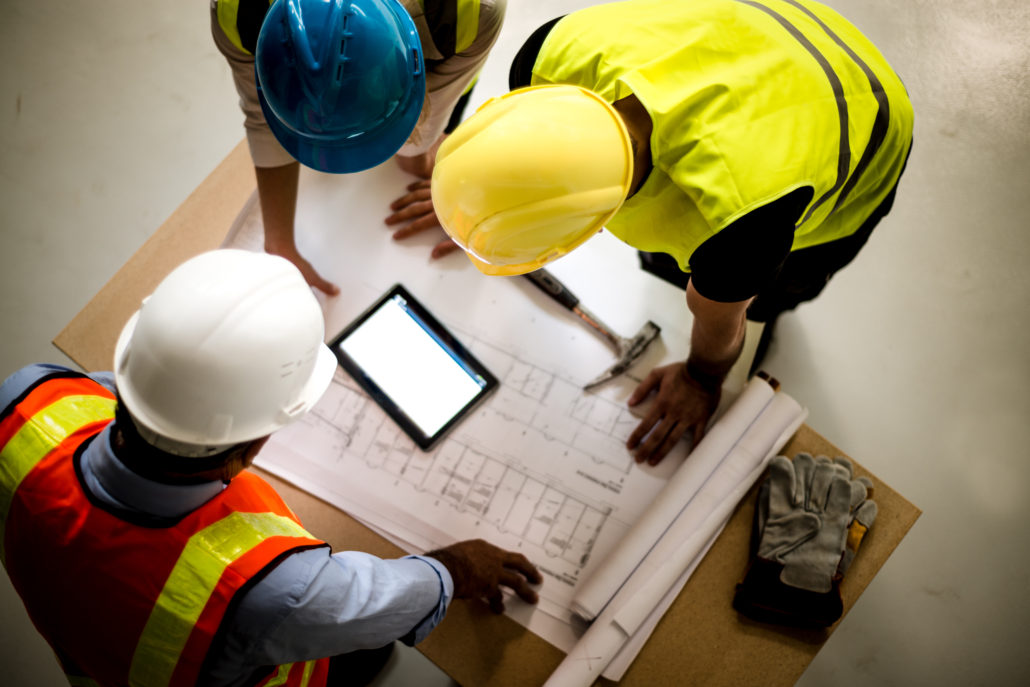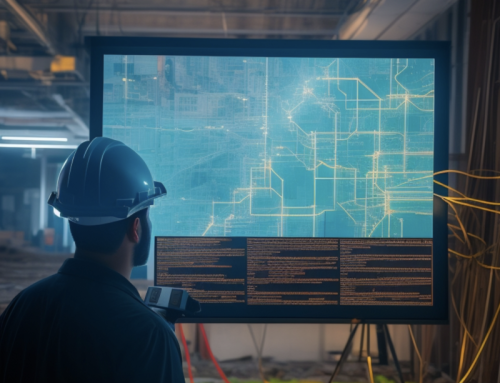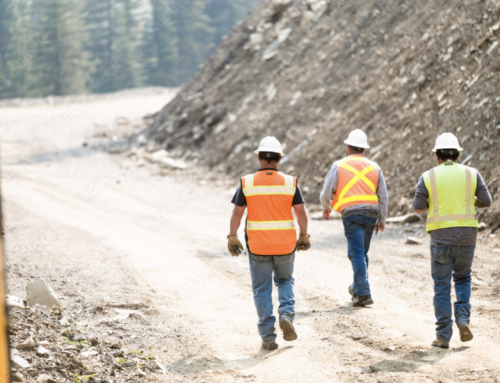The Evolution of Safety Technology: A Safety Professional’s View
June 6, 2019/by Barry Nelson
Our friends at the Pepper Construction Company of Indiana were recently featured in an interview piece for the breakthrough methods they’ve employed in enhancing their daily worksite safety.
Read on for full article, and to learn how Pepper Construction’s methods have brought them more success in safety than they’ve ever seen before.
Surveying the Past, Present & Future of Technology in Jobsite Safety
Dave Murphy is Safety Director at Pepper Construction Company of Indiana. He has 30 years of industry experience, including two decades as Safety Director. He won the Indiana Department of Labor Commissioner’s Award of Excellence in Hoosier Occupational Safety and Health and has been recognized as Who’s Who in Construction by Building Indiana magazine. Pepper Indiana won the 2018 AGC Construction Safety Excellence Award.
In his three decades in the field, Dave Murphy has fostered a safety culture at Pepper Indiana that’s become a model for the rest of the construction industry. Their culture is enviable, most importantly, because it’s unparalleled at keeping crews safe and healthy. For construction operations, the impact is enormous — fewer incidents means fewer disruptions. It means workers are on the job and not in rehabilitation. All in all, it means enhanced productivity.
Pepper’s thriving safety culture is built on a foundation of worker engagement. Throughout his career, Murphy has used innovative technologies to strengthen communication among team members and to make safety education more compelling. Today, aided by a safety networking tool called SmartTagIt, his team engages interactively with safety conversations and has unprecedented instant visibility into conditions and behaviors on their jobsites.
I spoke with Murphy about how technology has evolved from the beginning of his career to now and what we can expect in the future.
Rewind
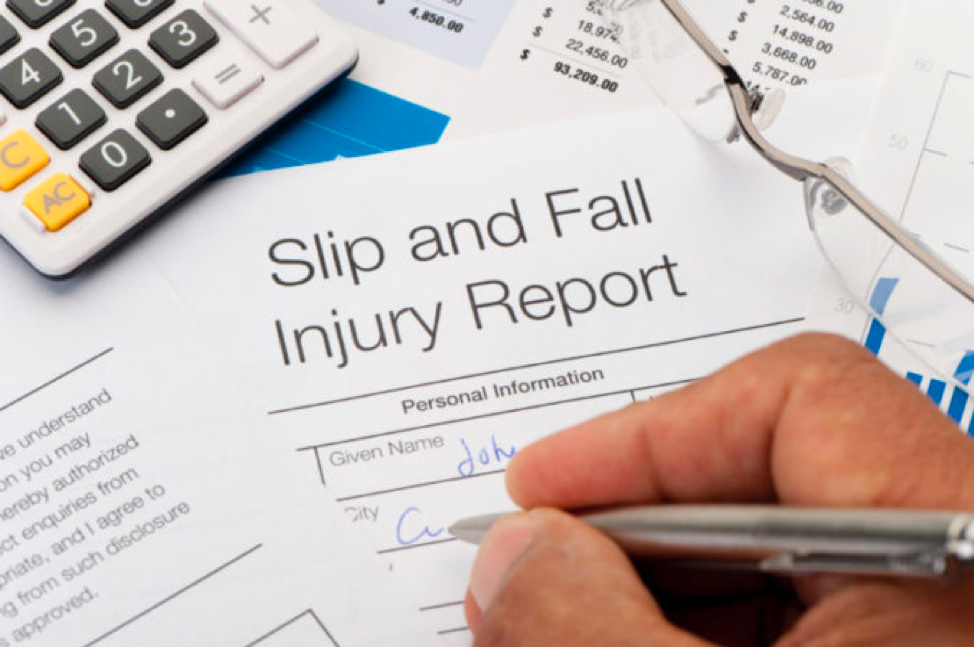
“You can’t learn in school what the world is going to do next year.”
–Henry Ford
Murphy, a Finance graduate, started his career in 1980s with aspirations of being an options trader. He hoped to eventually trade on his own. To raise capital, he got a job as a laborer at Pepper Construction.
Then the market crashed. Black Monday, 1987. “I found myself as a laborer with a degree in Finance,” Murphy said.
He ended up staying at Pepper and retooling with a Masters in Industrial Management. Unlike the Wolf of Wall Street, he adapted to the ‘87 crash by pursuing a career devoted to health, safety and productive work.
Murphy remembers operating a “safety van” on the jobsite. It sounds something like the conspicuous unmarked surveillance van you might see parked outside a suspect’s house in a crime drama. It came fully-equipped with a state-of-the-art VCR for screening safety videos. At the time, the communication was unidirectional.
If someone wanted to get Murphy’s attention, they hit him up on his pager. If he needed to create a document, his assistant hammered it out on a typewriter. “At some point, I did get a computer — a hand-me-down,” he recalls.
As technology advanced, innovations made their way into construction safety. Murphy started using TapRooT, desktop software that powers root-cause analysis. But, in an industry where workers aren’t sitting at desktop terminals, the real revolution came with the smartphone.
“Since then, we’ve been doing everything on our phones with Predictive Solutions,” Murphy said.
Predictive Solutions came out in 2001 (known then as DB02) and was the first mobile safety management app. It allows Pepper to capture “safe and unsafe conditions and behaviors on our jobsites,” so they can focus on “leading indicators instead of trailing metrics.”
At that point, there was no AppStore or Google Play. DBO2 ran on his Palm Pilot.
Pepper Today
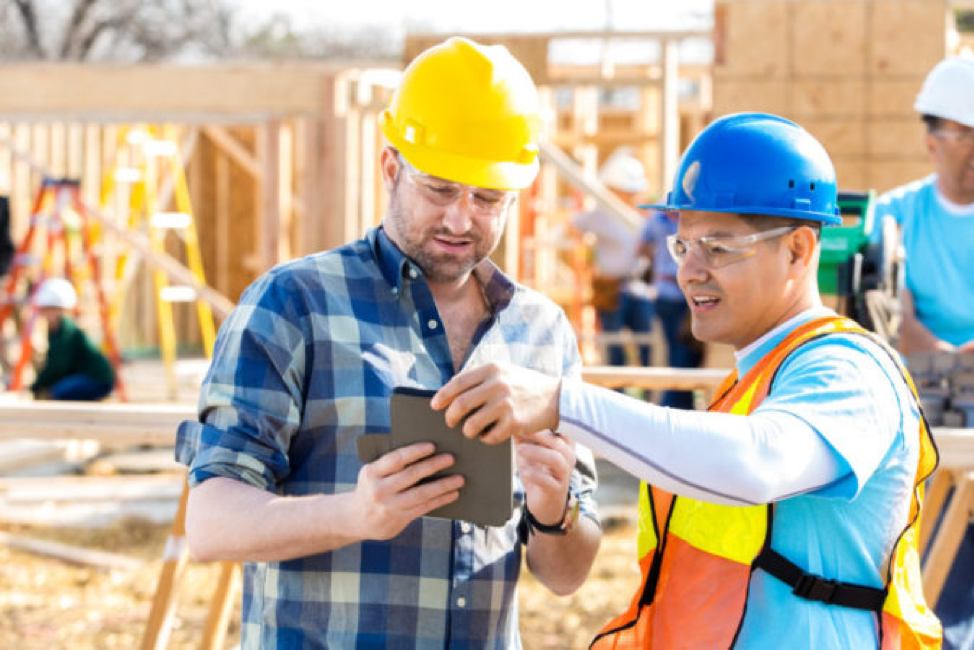
“So much of our safety culture is built on the personal connections people forge and the all-hands-on-deck commitment to get everyone home safely at the end of each day.”
–Dave Murphy
For the last few years, Murphy’s team has used digital forms to record and analyze jobsite safety conversations (Job Hazard Analyses). This is the industry standard. However, in February of this year, Murphy oversaw deployment of a new system.
While digital forms are convenient and make predictive analytics easier, they ultimately have the same deficiencies as paper forms. Form data is two-dimensional. It doesn’t fully capture how engaged crews are with safety procedures. Worse, the process of filling out forms can lead to disengagement on the part of managers and workers.
Murphy’s team now uses a system called SmartTagIt. Instead of focusing on form management, it serves as a kind of social network for jobsite safety. Every JHA is recorded on video and shared to the mobile app, along with other “safety observations” such as documentation of unsafe conditions. Teams, even remote teams, can then view and react to these captures.
Compared to forms, SmartTagIt videos give Murphy a fuller sense of how his crews are engaging with safety, enabling him to coach more effectively. For workers, safety procedures become more interactive. Instead of being a data point on a form, their participation happens on camera. Instead of being stored in a private database, the safety data is accessible to everyone.
Barry Nelson, who founded FactorLab — the provider of SmartTagIt and Predictive Solutions — describes SmartTagIt as a shortcut to reducing accidents and injuries, and a 100% certain way to eliminate the pencil-whipping involved in traditional safety forms.
“It’s self-healing. It’s enabling people to help each other. When you can see and hear each other and everyone has the full context of a situation, then it enables an accelerated peer-to-peer opportunity for safety improvement,” he said.
Murphy is delighted with how tradespeople have adopted the new tool in these first few months. In less than 60 days, his team collected more than 500 daily safety planning conversations. He’s using them for coaching and for getting those closest to the work more engaged.
“You can see them switched on. The sense of caring that comes out in these videos is huge. Some construction folks aren’t exactly great at showing emotions, but when you’re explaining hazards to people, you can’t help but do that,” Murphy said.
“When I look at that video each day and I hear them talk, I feel like I’m more in touch with my foremen than I ever have been before. It seems silly from a 1-2 minute video, but it’s amazing the take you can get on somebody from what they say and how they say it. You get a big smile on your face.”
Fast Forward

“If the auto industry advanced as rapidly as the semiconductor industry, a Rolls Royce would get half a million miles per gallon, and it would be cheaper to throw it away than to park it.”
–Gordon Moore
Today’s safety technology is shaped by mobile connectivity and the opportunities it creates for networking and predictive analytics. Murphy believes that coming technologies will lean heavily into full sensory immersion as a means for education and planning.
Recently, Murphy’s team has been participating in fall protection training using a Virtual Reality Simulator at nearby Purdue University. Hundreds die each year from falls, and the developers believe VR could reduce that number.
“In one of the scenarios, the worker is indoors working on an exposed ceiling, and needs to attach a safety harness. Should it be attached to a support beam, or a heating pipe, or to the pipe for the fire sprinkler? Those are scenarios that are faced every day,” said George Takahashi, a technical lead on the project. Now workers have a safe and vivid way to train for them.
Construction safety is also moving toward Augmented Reality — the superimposition of digital imagery and data over the physical world.
“We are in the process of developing a workflow for underground utility locating that leverages augmented reality. You can walk around with goggles and see the layout of the pipes underground,” Murphy said.
While it’s promising, the goggles can’t reliably judge depth at this point. Still, he’s bullish on the technology. “There’s big money to be saved if you can avoid hitting underground utilities, so there’s a lot of incentive to make it work.”
Technological innovations are fascinating to follow, but, on their own, they won’t make construction safer. These tools ultimately have to work in service of the safety culture. Over time, there has been an encouraging trend from hands-off instruction to hands-on simulation and from broadcast communication to person-to-person communication,
“Our real culture is between the foreman and worker. If there’s a disconnect there, then there’s an opening for miscommunication and hazards. The more we impact those conversations and create an environment to foster relationships, the bigger impact our safety procedures will have on our jobsites,” Murphy said.
“We’re on a mission to make safety personal.”


